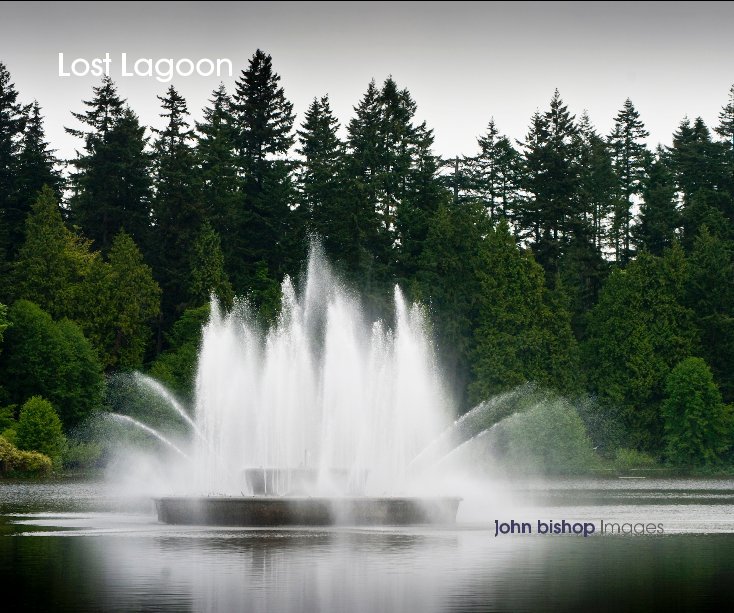About the Book
Lost Lagoon was originally a tidal mud flat called Coal Basin and was connected to Coal Harbor. For hundreds of years native people harvested clams from a shell midden that can still be seen on the lagoon's northern shore.
The lagoon was a favorite canoeing spot of native princess and poet E. Pauline Johnson who missed it so much when it disappeared at low tide that she wrote a poem naming it "Lost Lagoon".
In 1916 the construction of the Stanley Park Causeway separated the lagoon from the sea. Salt water was pumped out and replaced with fresh water.
Today the lagoon is a rich habitat for many birds, turtles and other small animals.
The lagoon was a favorite canoeing spot of native princess and poet E. Pauline Johnson who missed it so much when it disappeared at low tide that she wrote a poem naming it "Lost Lagoon".
In 1916 the construction of the Stanley Park Causeway separated the lagoon from the sea. Salt water was pumped out and replaced with fresh water.
Today the lagoon is a rich habitat for many birds, turtles and other small animals.
Author website
Features & Details
- Primary Category: Fine Art Photography
-
Project Option: Standard Landscape, 10×8 in, 25×20 cm
# of Pages: 30 - Publish Date: Jul 27, 2009
- Language English
- Keywords Nature House, wood duck, Stanley Park, Lost Lagoon, sparrow, raccoon, butterfly, mallard, swallow, turtle, heron, swan, blackbird, BC, Vancouver
See More
About the Creator
john bishop images
Vancouver, British Columbia
Still-life images and photographs by John Bishop focusing on urban landscapes, old architecture and photojournalism on community events occurring in the inner city of Vancouver, British Columbia, including the West End, Downtown and surrounds.


